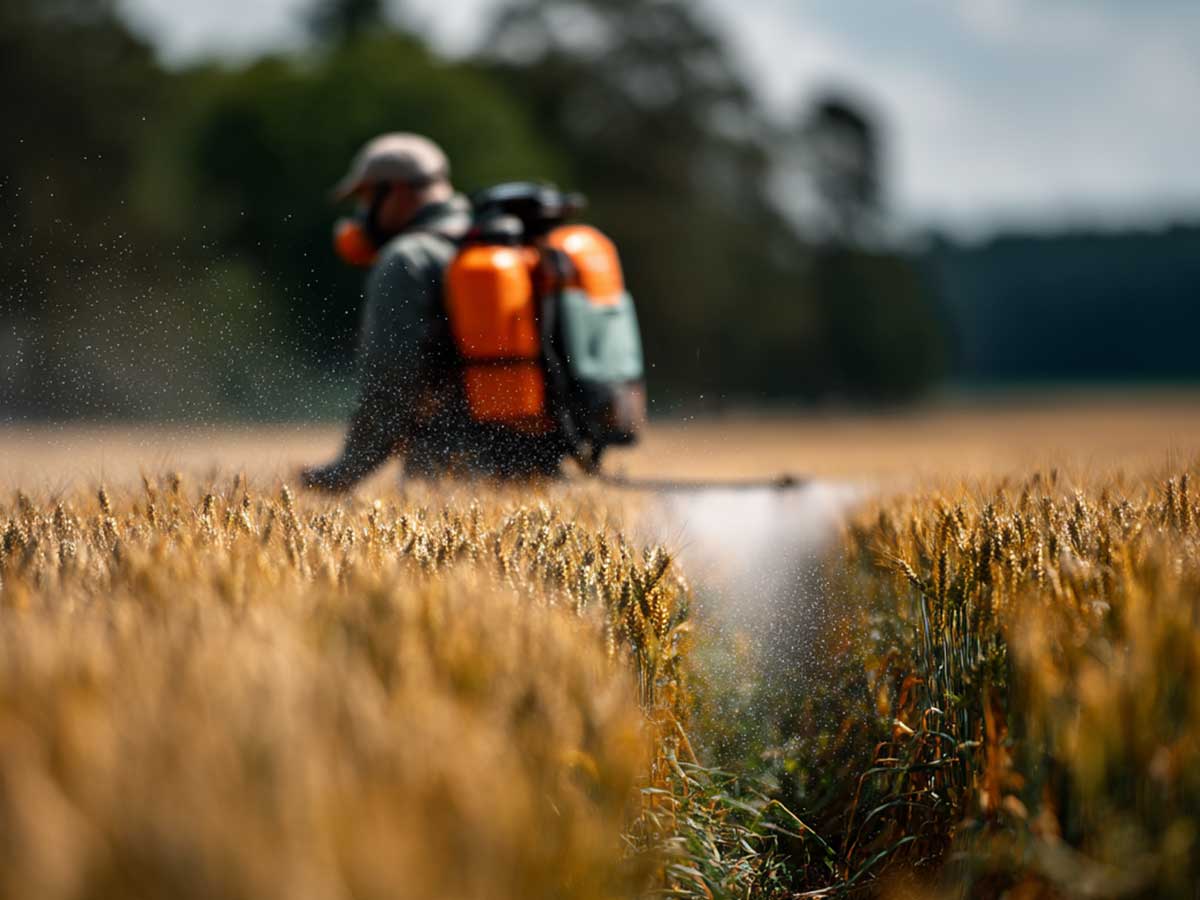
Revised EU Data Rules Set to Reshape Active Substance Approvals for Plant Protection Products
The EU is updating data requirements for active substances in plant protection products, raising safety standards and regulatory expectations.


The European Food Safety Authority (EFSA) has unveiled a major strategy update to define Specific Protection Goals (SPGs) for terrestrial non-target organisms. Approved on 23 May 2025, this strategy responds to mandates from the European Commission and will impact how plant protection product risks are assessed across the EU chemicals value chain.
The strategy is particularly relevant to chemical manufacturers, agrochemical firms, regulators, and professionals involved in environmental risk assessment. It introduces a refined methodology for evaluating both direct and indirect ecological effects of pesticides—potentially altering compliance strategies and R&D considerations for pesticide formulations.
EFSA’s updated approach addresses three key groups: non-target arthropods (excluding bees), in-soil organisms, and non-target terrestrial plants. The guidance builds upon earlier opinions from EFSA’s Panel on Plant Protection Products and their Residues (PPR Panel), linking species-level impacts to broader ecosystem services such as nutrient cycling, pest control, and pollination.
A key component is the dual-use of the Ecological Threshold Option (ETO) and the Ecological Recovery Option (ERO). The ETO allows only negligible effects, whereas the ERO permits temporary adverse effects if ecological recovery is demonstrated within specific timeframes—typically up to 6 months, depending on organism group and effect size.
The strategy outlines four “Lines of Evidence” (LoEs) to guide SPG development:
These methods aim to give risk managers science-based tools to determine acceptable thresholds for pesticide effects. Notably, EFSA acknowledges the limitations of assessing single active substances in isolation—highlighting the cumulative nature of agroecosystem pressures.
This policy development may affect how companies plan product approvals, monitor environmental impact, and implement mitigation measures. Regulatory affairs teams, environmental consultants, and agricultural producers should assess how the new SPG thresholds intersect with current use patterns and land management practices.
It also prompts a shift toward more nuanced risk assessments, encouraging the use of ecological modelling and recovery potential evaluations. While the guidance is not immediately binding, it is expected to shape future updates to Regulation (EC) No 1107/2009.
Foresight continuously tracks 1000s of sources and maps updates to your portfolio:




The EU is updating data requirements for active substances in plant protection products, raising safety standards and regulatory expectations.

EU proposes review of key safeners and synergists under Regulation 2024/1487, affecting chemical compliance across sectors. Feedback closes 8 July 2025.

Learn about the EU's new regulation setting maximum residue levels for fluxapyroxad, lambda-cyhalothrin, metalaxyl, and nicotine in food products.
Subscribe to Foresight Weekly and get the latest insights on regulatory changes affecting chemical compliance.
Free forever. Unsubscribe anytime.
Read by professionals at